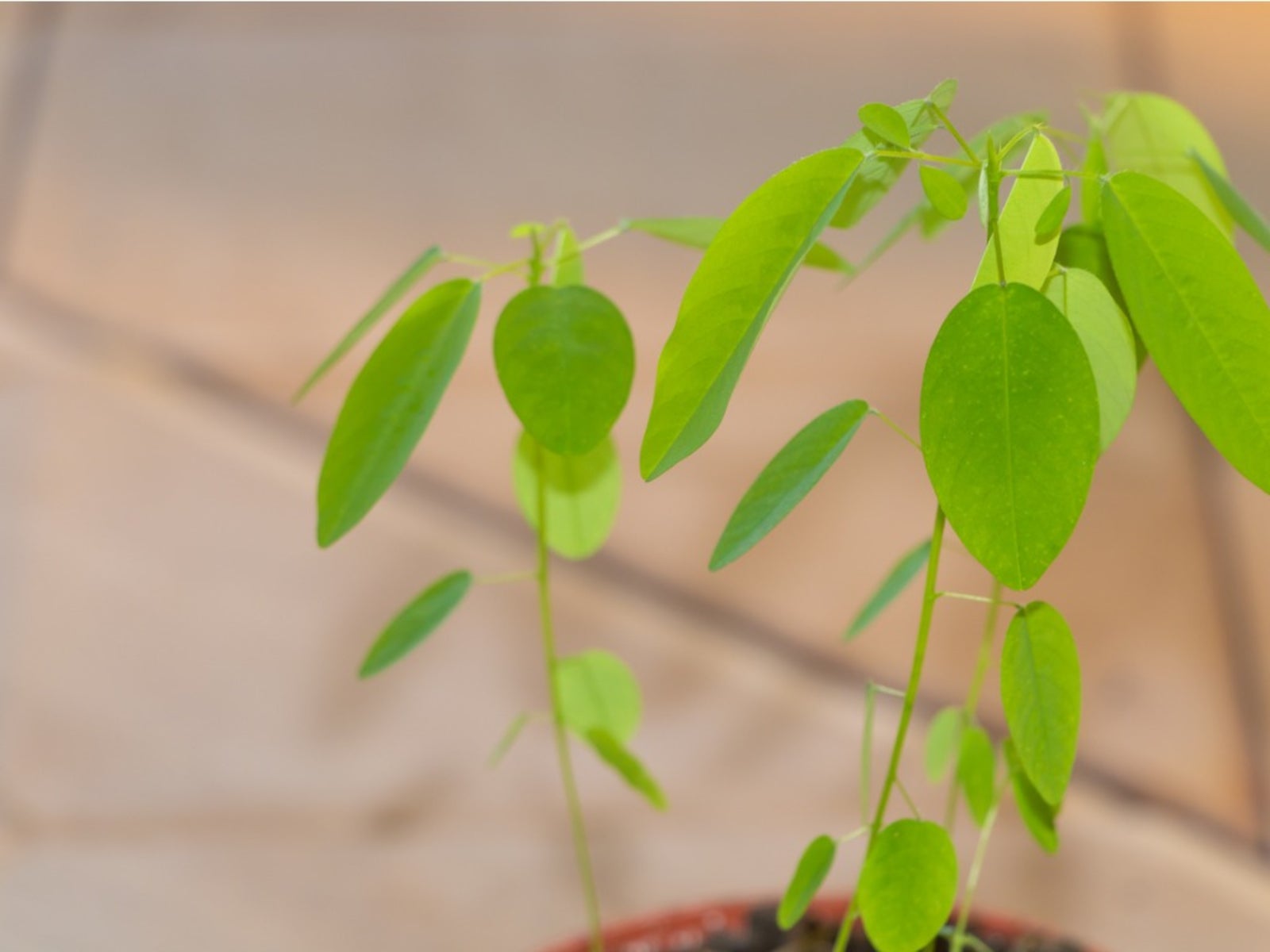Telegraph Plant Care: Growing A Dancing Telegraph Plant Indoors


If you're looking for something unusual to grow inside the home, you may want to consider growing a telegraph plant. What is a telegraph plant? Read on to learn more about this odd and interesting plant.
Telegraph Plant Info
What is a telegraph plant? Also known as the dancing plant, the telegraph plant (Codariocalyx motorius - formerly Desmodium gyrans) is a fascinating tropical plant that dances as the leaves move up and down in bright light. Telegraph plant also responds to warmth, high frequency sound waves or touch. During the night, the leaves droop downwards. Telegraph plant is native to Asia. This low-maintenance, problem-free member of the pea family is usually grown indoors, surviving outdoors only in the warmest climates. Telegraph plant is a vigorous grower that reaches heights of 2 to 4 feet (0.6 to 1.2 m.) at maturity.
Why Does a Telegraph Plant Move?
The plant's hinged leaves move to reposition themselves where they receive more warmth and light. Some botanists believe the movements are caused by special cells that cause the leaves to move when water molecules swell or shrink. Charles Darwin studied the plants for many years. He believed the movements were the plant's way of shaking water droplets from the leaves after a heavy rainfall.
How to Grow Telegraph Houseplants
Growing a dancing telegraph plant isn't difficult, but patience is needed because the plant can be slow to germinate. Plant seeds indoors any time. Fill pots or seed trays with a compost-rich potting mix, such as orchid mix. Add a small amount of sand to improve drainage, then wet the mixture so it is evenly moist but not saturated. Soak the seeds in warm water for one to two days to soften the outer shell, and then plant them about 3/8 inch (9.5 mm) deep and cover the container with clear plastic. Place the container in a dimly lit, warm location where temperatures are between 75 and 80 F. or 23 to 26 C. Seeds usually sprout in about 30 days, but germination can take as long as 90 days to occur or as quickly as 10 days. Remove the plastic and move the tray to bright light when the seeds germinate. Water as needed to keep the potting mix consistently moist, but never soggy. When the seedlings are well-established, move them to 5-inch (12.5 cm.) pots.
Telegraph Plant Care
Water telegraph plant when the top inch (2.5 cm.) of soil feels slightly dry. Allow the pot to drain thoroughly and never let it stand in water. Feed the plant monthly throughout spring and summer using fish emulsion or a balanced houseplant fertilizer. Withhold fertilizer after the plant drops its leaves and enters winter dormancy.
Gardening tips, videos, info and more delivered right to your inbox!
Sign up for the Gardening Know How newsletter today and receive a free copy of our e-book "How to Grow Delicious Tomatoes".

A Credentialed Garden Writer, Mary H. Dyer was with Gardening Know How in the very beginning, publishing articles as early as 2007.
-
 Looking For Plants To Give You The Soft And Fuzzies? Try These 5 Fuzzy Leaf Plant Options
Looking For Plants To Give You The Soft And Fuzzies? Try These 5 Fuzzy Leaf Plant OptionsLovers of texture, drama, silver foliage and tactile plants will adore these special sensory garden additions. These fuzzy leaf plant options will leave you all aglow
By Susan Albert
-
 Get Ready For A Summer Of Hummers! Grow These Full Sun Hummingbird Plants and Flowers
Get Ready For A Summer Of Hummers! Grow These Full Sun Hummingbird Plants and FlowersIf you’re lucky enough to enjoy a sunny backyard, make sure you are maxing out on your pollinator opportunities and grow these full sun hummingbird plants and flowers
By Tonya Barnett